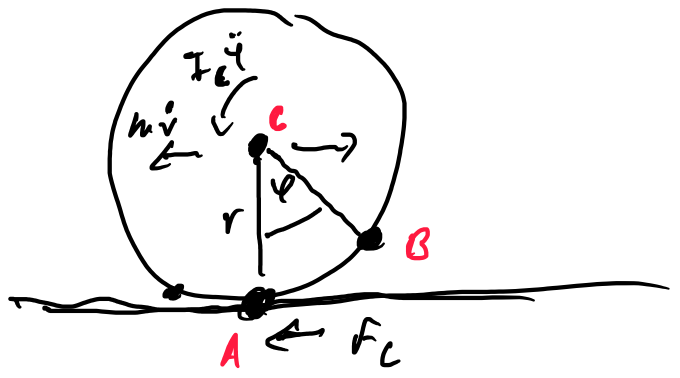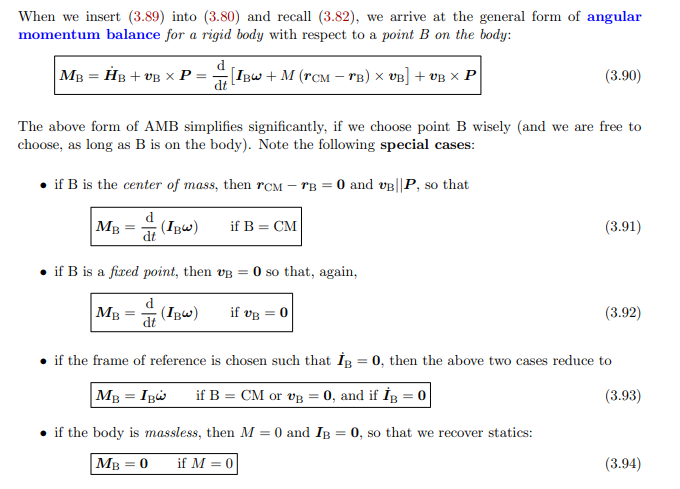Consider a circular body (disc, ring, sphere, etc.) rolling on a flat horizontal surface. I've been told that the angular momentum of a rigid body executing combined rotation and translational motion is given as L(cm) + Mvr, where L(cm) is the angular momentum about the center of mass, and the term Mvr is linear momentum, about a "fixed point" from where the position vector 'r' is being measured. Also, 'v' is the velocity of the center of mass.
I do grasp that the net torque of the rolling body about the "non-fixed" point of instantaneous contact at every instance is zero, and thus its angular momentum is conserved about that "moving" axis of rotation. What I don't get is how we can conserve angular momentum in a moving frame of reference. Angular momentum is measured about a fixed point in the ground frame, and if we just measure its angular momentum at every instance about that moving axis, the term 'position vector of the center of mass,' 'r,' won't hold much significance . Can angular momentum be conserved about any free axis, provided that net torque is zero or is it necessary for it to be a fixed one?. Please share your insights and clarify this.


